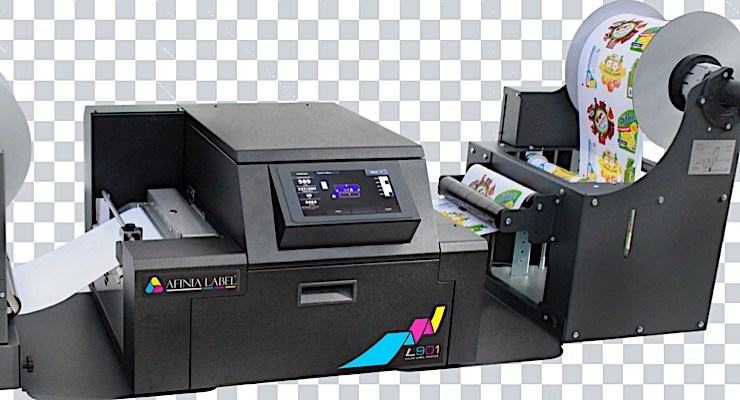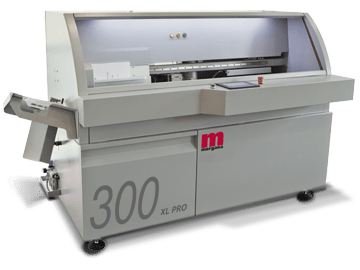We all know the global economy is changing at a rapid rate, and as business owners we need not only stay abreast of changes but, be open to them. Drawing from key points made in a recent talk by David Lindberg Head of Commercial Banking, Westpac, I highlight in this article, six areas of the economy where a lot of the action is happening.
1.SERVICES AND AGRICULTURE
The industries driving the Australian economy over the coming 10-20 years will be Services and Agriculture.
Services
Services contribute about 75% of Australia’s Gross Domestic Product (GDP*), employing about 85% of the Australian workforce. Services include such things as education and tourism, financial services, energy and mining-related services, environmental services and financial technology (Fintech).
The services sector contributes more to total productivity growth in the economy than does the goods sector. How? While productivity grows more slowly in the services sector, as the services sector is so much larger than the goods sector, the services sector contributes more.
An efficient services sector is critical to trade and economic growth.
*(GDP– the total amount of goods and services we produce as a nation)
Agriculture
Australian farmers produce food for more than 80 million people per annum and with the emerging Middle Class in Asia, agriculture stands as one of Australia’s major exports.
The value of Australia’s agricultural sector is tipped to peak at $63.8 billion this financial year. The total value of Australia’s farm exports is expected to reach a new record of $48.7 billion, $1 billion higher than in 2016. This growth was driven by significant increased crop production with record harvests enjoyed in every state in Australia.
The future of economic success for Australia depends on these two industries.
- CHINA
As the Chinese get richer at an astonishing rate their demand for our goods and services will grow too. We will therefore see a growing trend away from buying from China, to selling to China.
Some interesting statistics:
- China’s middle class is the biggest in the world and is growing at a much faster rate than America’s.
- 500 million Chinese citizens will be moving from lower to middle class within the next decade.
- There are already 109 million Chinese with wealth of between $50,000 and $500,000.
- By 2020, the number of Chinese millionaires will soar 74% to 2.3 million.
- A new billionairewas created almost every week in China in the first quarter of 2015.
The Chinese are consuming at an unprecedented rate as demonstrated by the following stats from the world’s biggest online shopping giant, Alibaba, owned by Chinese billionaire Jack Ma:
- In 2016 Alibaba surpassed America’s Walmart in gross sales, totalling a whopping $257billion sales.
- On their biggest annual global sale day in 2016, known as Singles Day, they recorded $17.8 billion in sales, up from $5.14b three years earlier.
- On this day orders were coming in at 175,000 per second.
ChAFTA
The 2015 China-Australia Free Trade Agreement (ChAFTA) increases the ease of doing business with China. This coupled with Australian innovation, an established services & agricultural sector and our proximity to China, places Australia ahead of nations such as the US, Canada and Euro Union, to get much of this export action.
To read more:
http://dfat.gov.au/trade/agreements/chafta/fact-sheets/Pages/key-outcomes.aspx
- CHANGE in OUR DEMOGRAPHICS
- In short, Australia will have more people but less workers.
- By 2055, the population of Australia will be about 40 million.
- Average lifespan will be 96 for women, 95 for men.
- The ratio of working people (15 to 64 years) supporting those over 65 is shrinking. In 1974, the ratio was 7.4 people to every one non-working person, today it’s 4.5 and by 2055, a meagre 2.7.
Therefore, we need to do more for less, and automation will be key. 57% of jobs will be automated by 2025, so we will be seeing a massive change in the work people do. Fields where social interaction is fundamental will be those in demand, also those in the creative landscape, such as Health and Education services.
- CHANGING FABRIC OF THE ECONOMY
The relationship between big and small business is changing and should continue to do so. Small and Mid-Size business (SME) employ half the Australian workforce and generate 57% of GDP. This sector is growing at twice the rate of big business.
We are seeing a growing trend of big business outsourcing services to small business. The reason for this is that most of the innovation and new ideas come from smaller organisations who are much more agile and nimble than their bigger counterparts. The new economy will rely on the relationship between big and small business, and all parties need to adjust to this new relationship.
- THE MILLENNIALS
For business owners to attract and keep the best talent, they need to offer a workplace that is intrinsically fun. Research shows that the millennials (those born roughly between 1985 and 2004) have quite different drivers than those generations before them.
This is what they are looking for:
- Flexibility – they are not interested in the 9 to 5, and want the flexibility to choose when and where they work – day, night, week days or weekend, at the office or in a café.
- Work must have a higher purpose & offer social advantage.
- Work should be fun
For the millennials, the notion of “work/life balance” does not resonate. It suggests that work is boring and “life” happens after the work is done. Merging the two is what concerns them.
- TECHNOLOGY
Robotics is upon us and we will see more over the coming five years and beyond in all facets of society. Artificial Intelligence (A.I) will sweep across every business and is already being used. This will include the likes of driverless cars, medical advances and fraud prevention to name a few. Recent research found that 70 % of Americans couldn’t tell the difference between the voice on the phone between a real person and one driven by A.I.
Experts and thought leaders are divided as to whether this will bring positive or negative changes to work and society at large, but for sure we need to be watching this space.
These six drivers of change are upon us and bring challenges and opportunities alike for our business community. Embracing these changes and seeking out opportunity to benefit from these will be key to your success.
ABOUT THE AUTHOR
Marian Taggart-Holland is the director of Ecolease, an independent commercial broker, specialising in equipment finance to the Sign, Print, Display and Graphics Industry and member of the Visual Impact Suppliers Association.
www.ecolease.com.au












